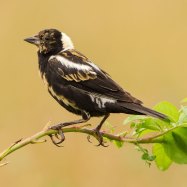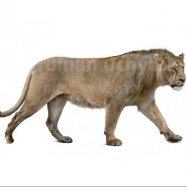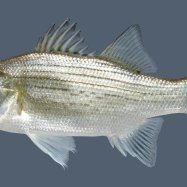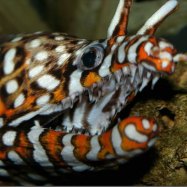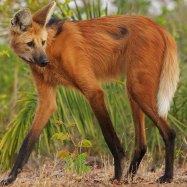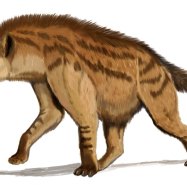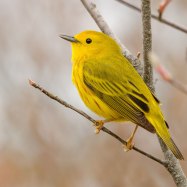
Grey Seal
2.2 to 3.3 meters
The Grey Seal, a member of the Phocidae family, can grow up to 3.3 meters long and is found along coastlines, islands, and rocky outcrops. With a robust and elongated body shape, this species is well-adapted for swimming in the ocean. Spot these magnificent creatures in their natural habitats.
Animal Details Summary:
Common Name: Grey Seal
Kingdom: Animalia
Habitat: Coastal waters
The Mighty Grey Seal: The Ruler of Coastal Waters
Coasting through the chilly waters of the North Atlantic Ocean is a creature that has captured the hearts of many – the Grey Seal, scientifically known as Halichoerus grypus. These majestic creatures, with their robust bodies and elongated shapes, can easily be spotted along the coastlines, islands, and rocky outcrops of various countries in Europe and North America.From their feeding methods to their geographical distribution, the Grey Seal is a fascinating animal that is worth exploring. So let's dive into the details and unravel the secrets of this mighty ruler of the coastal waters Grey Seal.
A Powerful Carnivore
The Grey Seal belongs to the Carnivora order, which means they are fierce and efficient hunters. With their sharp teeth and powerful jaws, they are well-equipped to prey on fish, squid, and crustaceans. Their carnivorous feeding method is essential for their survival as they need to consume a large amount of food to maintain their robust bodies.One interesting fact about Grey Seals is their ability to hold their breath for an impressive 8 to 10 minutes while diving for food. They can also swim up to 200 meters deep to search for their prey, making them skilled divers and hunters.
A Global Citizen
The Grey Seal's geographical distribution is vast and impressive. They can be found in countries such as the United States, Canada, the United Kingdom, and Norway, making them true global citizens. However, their main habitat is in the North Atlantic Ocean, and they tend to stay close to the coastal waters.These magnificent creatures can also be spotted in various habitats such as estuaries, bays, and even freshwater lakes Galapagos Penguin. This adaptability makes them resilient and able to thrive in different environments.
A Rainbow of Colors
The Grey Seal's body coloration is variable, ranging from pale gray to dark gray or even brown. This coloration allows them to blend in with their surroundings and be less visible to potential predators. In addition, their coloration can also change depending on their age and gender.Young Grey Seals have a distinct black and gray pattern on their coats, making them stand out from their adult counterparts. As they mature, their coats become darker, and they take on the typical gray color we associate with these creatures.
A Seal of Many Shapes and Sizes
The Grey Seal's body shape can also vary depending on their age. Young Grey Seals tend to be slimmer and more agile, making it easier for them to swim and hunt. In comparison, adults have a more robust and elongated body, which is perfect for withstanding the rough waves of the ocean.These marvelous creatures can grow up to 3.3 meters in length and weigh between 170 to 310 kilograms, with males being larger than females. With such a massive body, it's no wonder that they are the rulers of the coastal waters.
A Fascinating Family
The Grey Seal belongs to the Phocidae family, which includes other animals like harbor seals, leopard seals, and elephant seals. This family is known for their lack of external ears and their ability to thrive in both land and water environments.One unique feature of the Grey Seal is their ability to move on land using their front flippers, which are designed for paddling. These flippers are one of the many adaptations that help these animals navigate and survive in their watery world.
A Home in Coastal Waters
The Grey Seal's preferred habitat is coastal waters, and they have a strong relationship with these environments. They can often be found basking on the islands and rock outcrops along the coast, soaking in the warm sun and recharging their energy.In addition, these creatures also have a strong connection to the shorelines, where they often haul themselves up to rest and give birth. The Grey Seal's home is where the land and water meet, making them a crucial part of their delicate ecosystem.
A Grey Seal in Action
One of the best places to spot Grey Seals in action is on the Scottish coast, which is home to one of the largest colonies in the world. Visitors can take a boat tour around the Isle of May National Nature Reserve, where they can watch these creatures play, swim, and bask in their natural habitat.One of the best times to see the Grey Seals in action is during their breeding season, which takes place in October and November. During this time, the males battle for dominance and mating rights, displaying their strength and agility. It's a sight that many visitors come to witness and marvel at.
Visitor Impact
While Grey Seals are a major attraction for tourists, it's essential to remember that they are wild animals and should not be approached or disturbed. These intelligent creatures are wary of humans and should be respected in their natural habitat.
In recent years, conservation efforts have been made to protect the Grey Seal population and their habitats. Hunting has been banned in many countries, and strict guidelines have been set to regulate fishing practices that may harm these animals. These efforts have led to an increase in the population of Grey Seals, making them a conservation success story.
Conclusion
From the depths of the ocean to the rocky shorelines, the Grey Seal reigns supreme in the coastal waters of the North Atlantic Ocean. Their powerful hunting abilities, global presence, and fascinating adaptations make them a truly unique animal to behold.As visitors, it's our responsibility to admire these creatures from a distance and not disrupt their natural way of life. With conservation efforts in place, we can hope to continue observing these magnificent animals for generations to come. So next time you're near the coast, keep an eye out for the mighty Grey Seal and appreciate the impact they have on their oceanic home.

Grey Seal
Animal Details Grey Seal - Scientific Name: Halichoerus grypus
- Category: Animals G
- Scientific Name: Halichoerus grypus
- Common Name: Grey Seal
- Kingdom: Animalia
- Phylum: Chordata
- Class: Mammalia
- Order: Carnivora
- Family: Phocidae
- Habitat: Coastal waters
- Feeding Method: Carnivorous
- Geographical Distribution: North Atlantic Ocean
- Country of Origin: Various countries in Europe and North America
- Location: Coastlines, islands, and rocky outcrops
- Animal Coloration: Variable, ranging from pale gray to dark gray or brown
- Body Shape: Robust and elongated
- Length: 2.2 to 3.3 meters
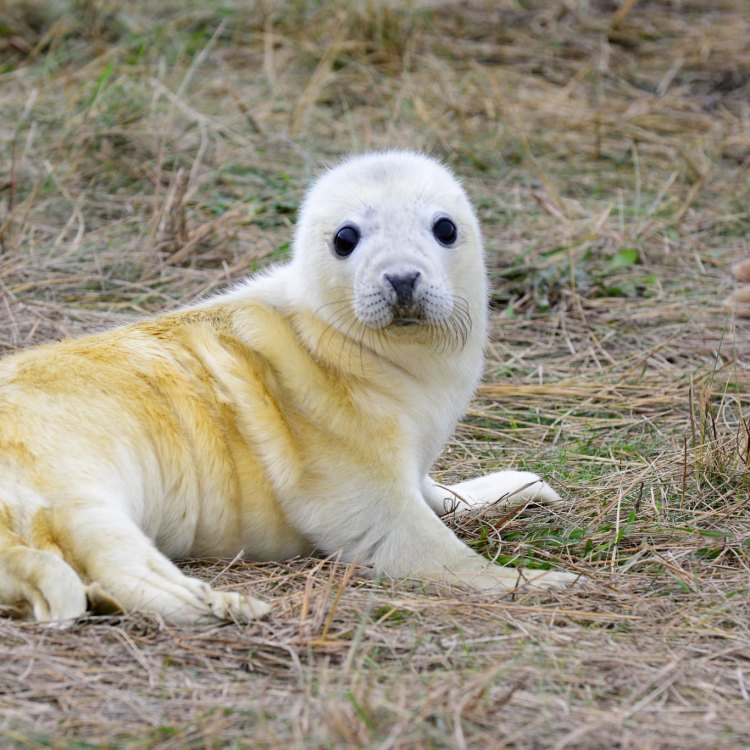
Grey Seal
- Adult Size: Males are larger and heavier than females
- Average Lifespan: 30 to 40 years
- Reproduction: Sexual
- Reproductive Behavior: Polygynous
- Sound or Call: Males produce a deep booming sound during the breeding season
- Migration Pattern: Some individuals may migrate short distances
- Social Groups: Form small colonies during the breeding season
- Behavior: Solitary and territorial
- Threats: Hunting, pollution, entanglement in fishing gear
- Conservation Status: Least Concern
- Impact on Ecosystem: Help maintain the balance in marine ecosystems
- Human Use: Hunted for their blubber, meat, and fur in the past
- Distinctive Features: Large size, long whiskers, and V-shaped nostrils
- Interesting Facts: Grey seals are excellent divers, capable of reaching depths of up to 70 meters
- Predator: Killer whales, sharks
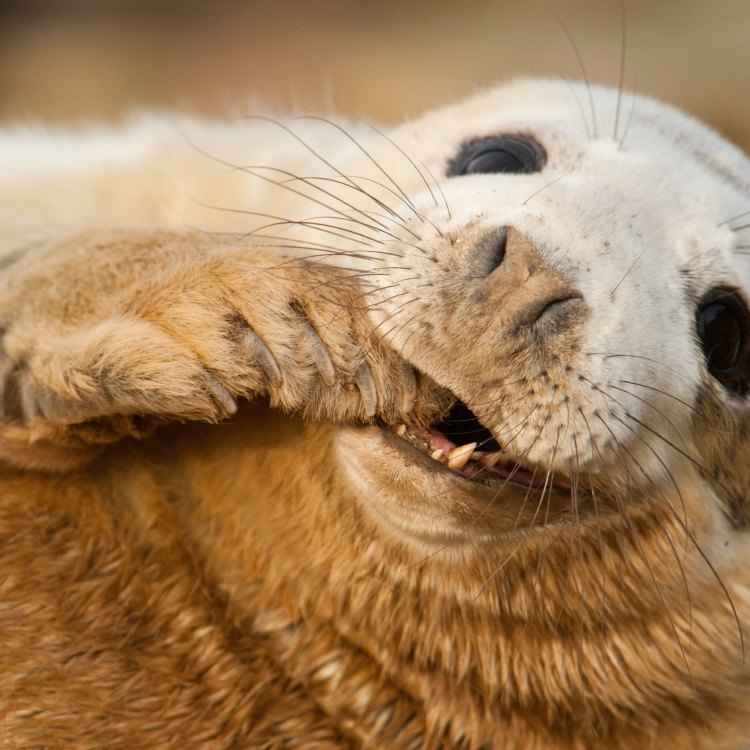
Halichoerus grypus
The Fascinating World of Grey Seals: Nature's Marine Giants
The oceans are home to a diverse array of marine species, each with its unique characteristics and role in maintaining the delicate balance of the ecosystem. Among them, the grey seal stands out as one of the largest and most fascinating creatures. With its impressive size, distinctive features, and intriguing behaviors, it has captured the attention and curiosity of scientists and animal enthusiasts alike.In this article, we will dive into the world of grey seals, exploring their physical traits, behaviors, and the crucial role they play in marine ecosystems PeaceOfAnimals.Com. We will also look at the threats they face and the efforts being made to protect these majestic creatures for generations to come.
Size and Lifespan
The grey seal, also known as Atlantic seal, is the largest species of the seal family, with adult males growing up to 9 feet in length and weighing over 800 pounds. Females, on the other hand, are relatively smaller, reaching a maximum size of around 6 feet and weighing up to 500 pounds. This significant difference in size between males and females is known as sexual dimorphism and is prevalent in many animal species.
Like most animals, the grey seal’s lifespan is closely linked to their size, with larger individuals having a longer lifespan. On average, they can live up to 30-40 years in the wild, but some individuals have been known to reach an impressive age of over 40 years.
Reproduction and Reproductive Behavior
The breeding season, also known as the mating season, is a crucial time for grey seals. It typically takes place from August to November, with the peak of birthing occurring in September. During this time, the seals gather in large colonies along the coast to give birth, nurse their young, and mate German Spitz.
Grey seals are polygynous, which means that males have multiple female partners during the breeding season. Dominant males, also known as bulls, establish territories and fight off rivals to secure a harem of females. They can have up to 10-15 females in their harem, whereas subordinate males may mate with only one or two females.
Sound or Call
One of the most distinct characteristics of grey seals is their ability to produce a deep, resonant call known as a “roar.” The males are the ones who produce this booming sound during the breeding season to attract females and establish dominance over their rivals. This call can be heard from miles away and is an essential part of their reproductive behavior.
Migration Pattern and Social Groups
Grey seals are primarily found in the North Atlantic and Arctic oceans, with a significant population in the United Kingdom, Canada, and the United States. While many individuals live in the same location year-round, some may migrate short distances in search of food or suitable breeding grounds.
During the breeding season, grey seals form small colonies, with females returning to the same location year after year. Once the breeding season is over, they disperse and become solitary and territorial until the next breeding season.
Behavior and Threats
In general, grey seals are solitary animals, spending most of their time alone hunting for food. They are primarily nocturnal animals, meaning they are more active at night and sleep during the day. They are also known to be territorial, with males fiercely defending their territory from other males during the breeding season.
Like many marine animals, grey seals face numerous threats in their environment, including hunting, pollution, and entanglement in fishing gear. In the past, they were hunted for their blubber, meat, and fur, resulting in significant declines in their population. However, thanks to conservation efforts and protective measures, their population has slowly recovered, and they are currently listed as least concern on the IUCN Red List of Threatened Species.
Impact on Ecosystem and Human Use
Grey seals play a crucial role in the marine ecosystem, primarily as top predators. By feeding on a wide range of marine species, they help maintain the balance in the food chain. They also contribute to nutrient cycling through their excrement, which fertilizes the ocean floor and supports the growth of phytoplankton.
In the past, grey seals were hunted for their blubber, meat, and fur, but now they are primarily used for ecotourism. Many people travel to coastal areas to observe these majestic creatures in their natural habitat, providing revenue for the local communities and promoting conservation efforts.
Distinctive Features and Interesting Facts
Grey seals have several unique physical features that make them stand out among other marine species. Their body is streamlined and tapered, making them excellent swimmers. They also have large, dark eyes that can rotate independently, enabling them to view their surroundings above and below the water simultaneously.
Another distinct feature is their long whiskers, also known as vibrissae, which are highly sensitive and help them navigate underwater and locate prey. Grey seals also have V-shaped nostrils that can close to prevent water from entering while swimming.
One of the most interesting facts about grey seals is their diving ability. They are excellent divers and can reach depths of up to 70 meters, staying submerged for up to 20 minutes. They are also capable of swimming up to 24 miles per hour, making them one of the fastest marine mammals.
Predators
Despite their impressive size and predatory nature, grey seals are not invincible. They have several predators in their environment, including killer whales and sharks. While adults may be able to defend themselves against these predators, young grey seals are vulnerable and often fall prey to these apex predators.
Conclusion
The grey seal is a fascinating and essential part of our marine ecosystem. With their impressive size, unique features, and interesting behaviors, they have captured the hearts and minds of people worldwide. However, like many other marine species, they face threats from human activities, putting their population at risk.
It is crucial to continue conservation efforts, protect their habitat, and raise awareness about the critical role grey seals play in maintaining the balance of our marine ecosystems. As we strive to coexist with nature, let us all appreciate and admire these magnificent creatures and do our part to ensure their survival for generations to come.
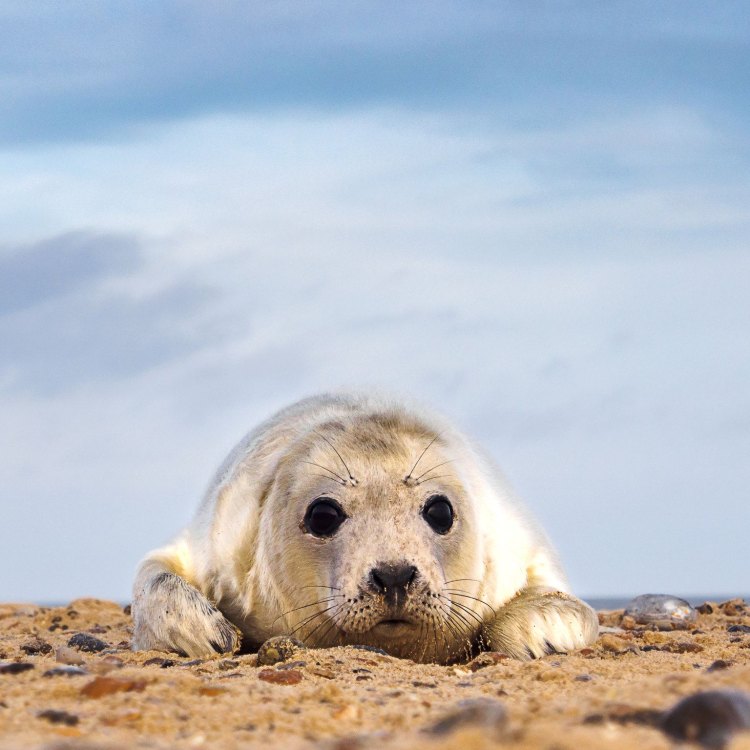
The Mighty Grey Seal: The Ruler of Coastal Waters
Disclaimer: The content provided is for informational purposes only. We cannot guarantee the accuracy of the information on this page 100%. All information provided here may change without prior notice.



